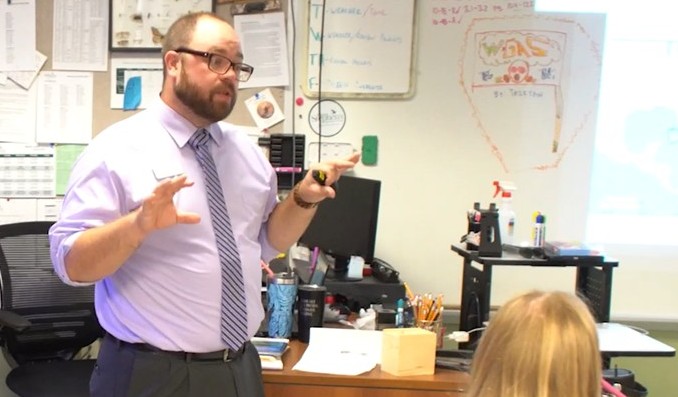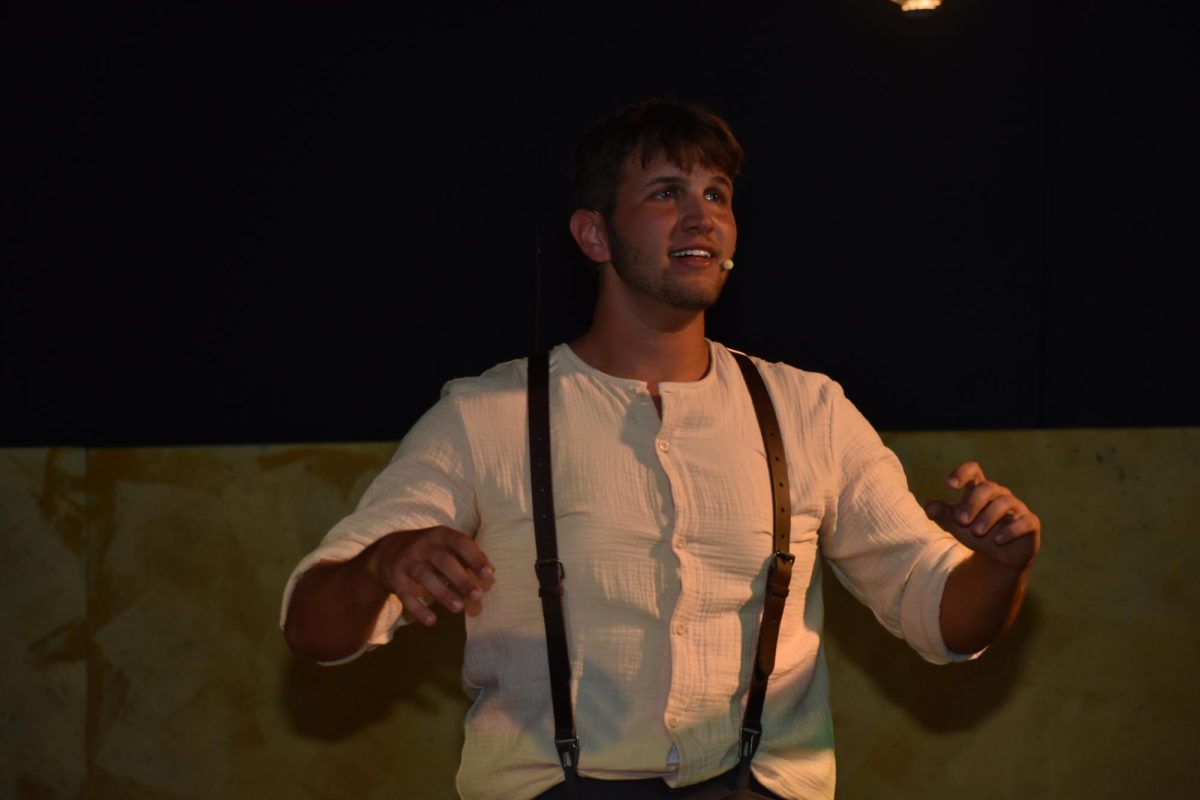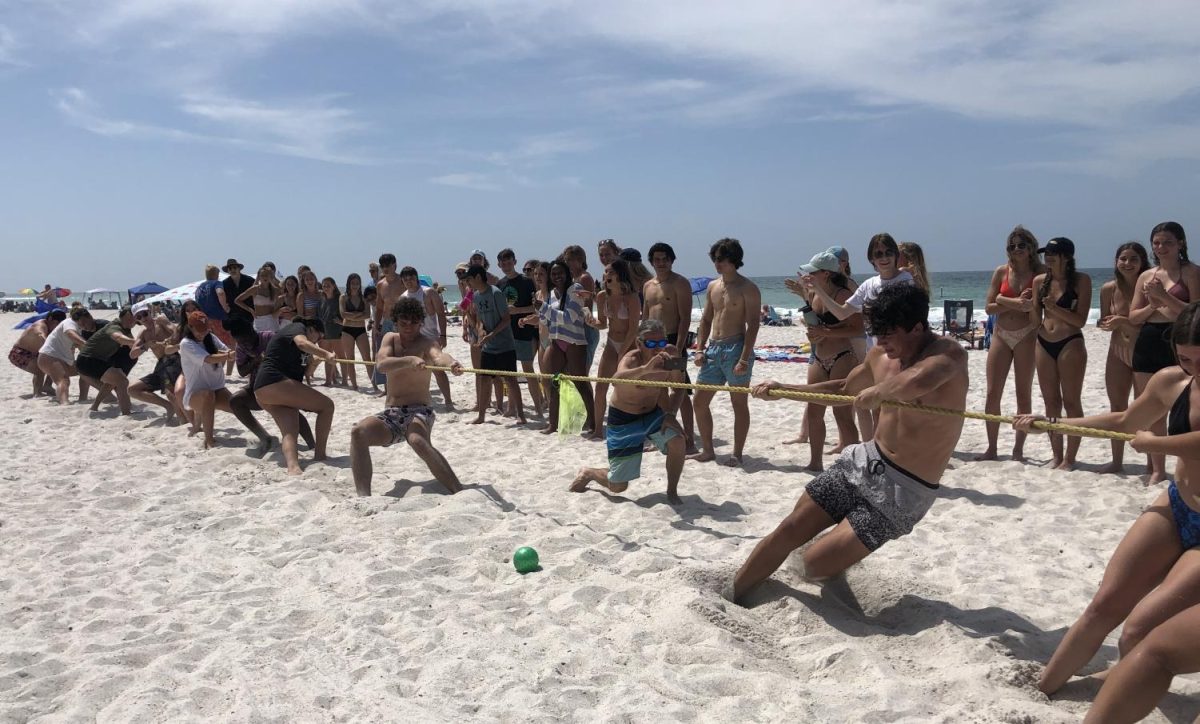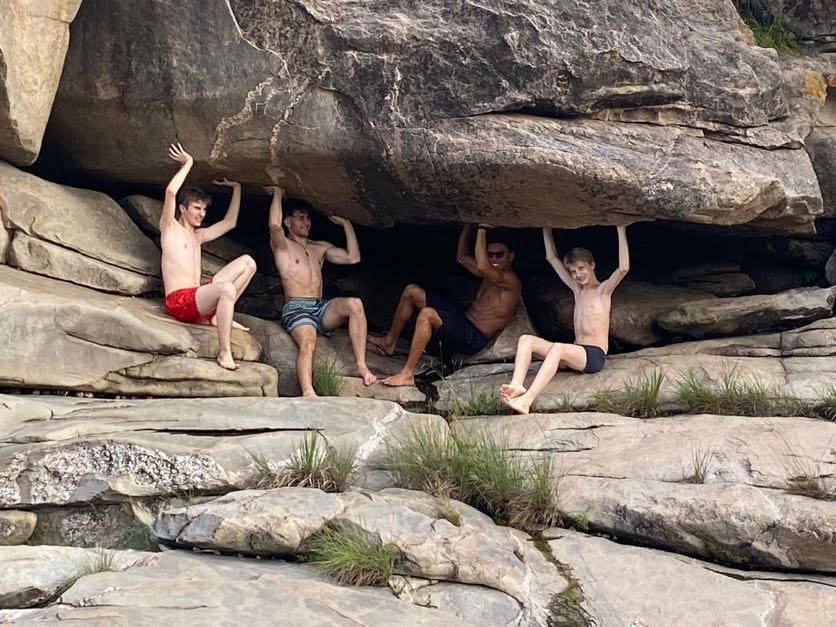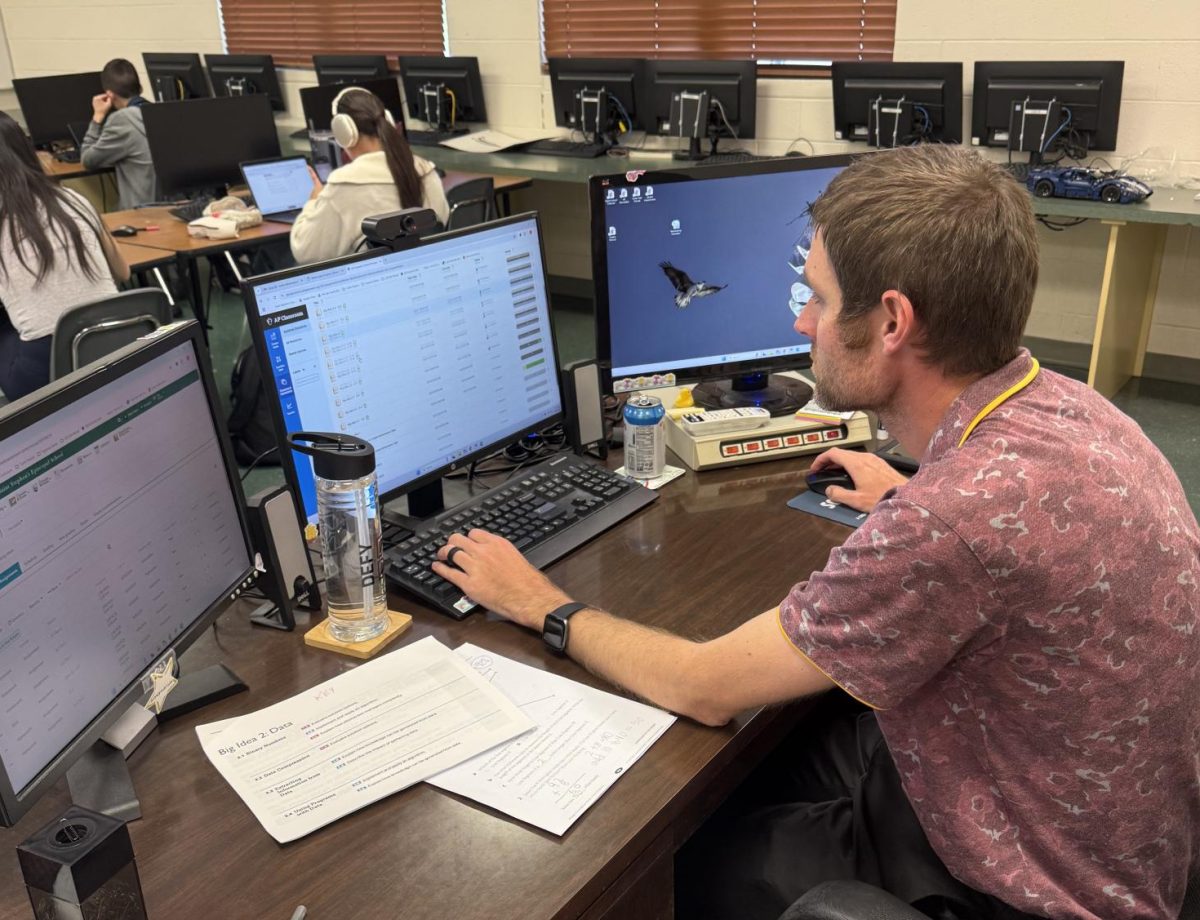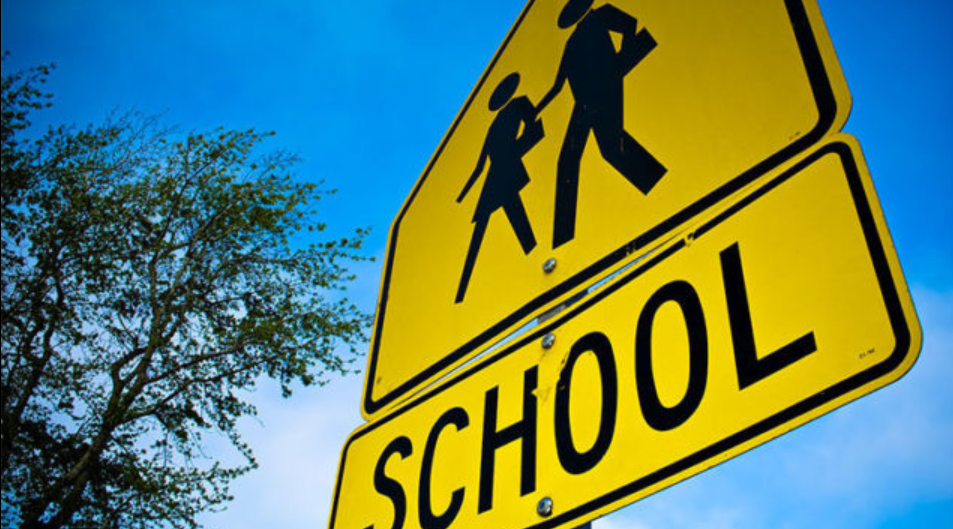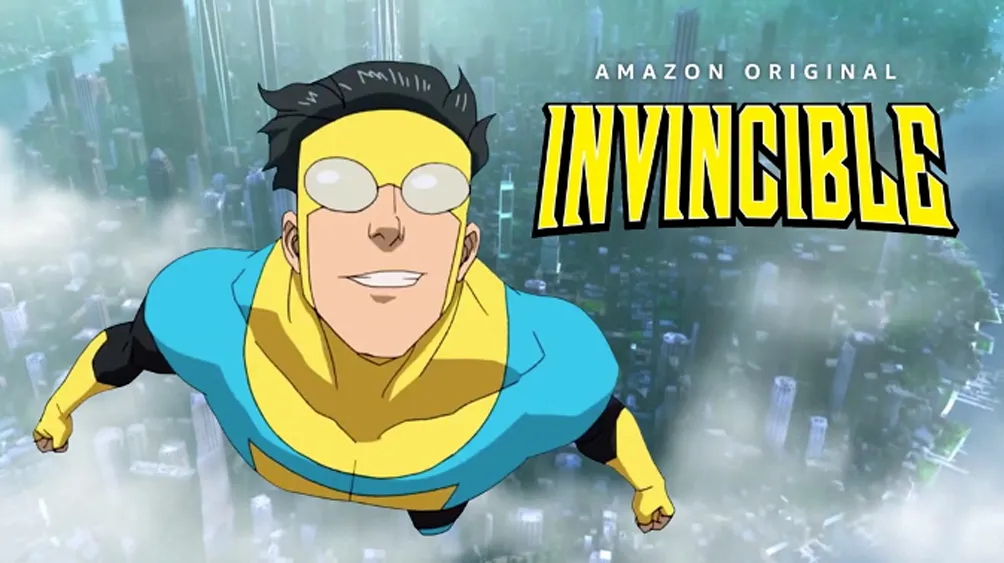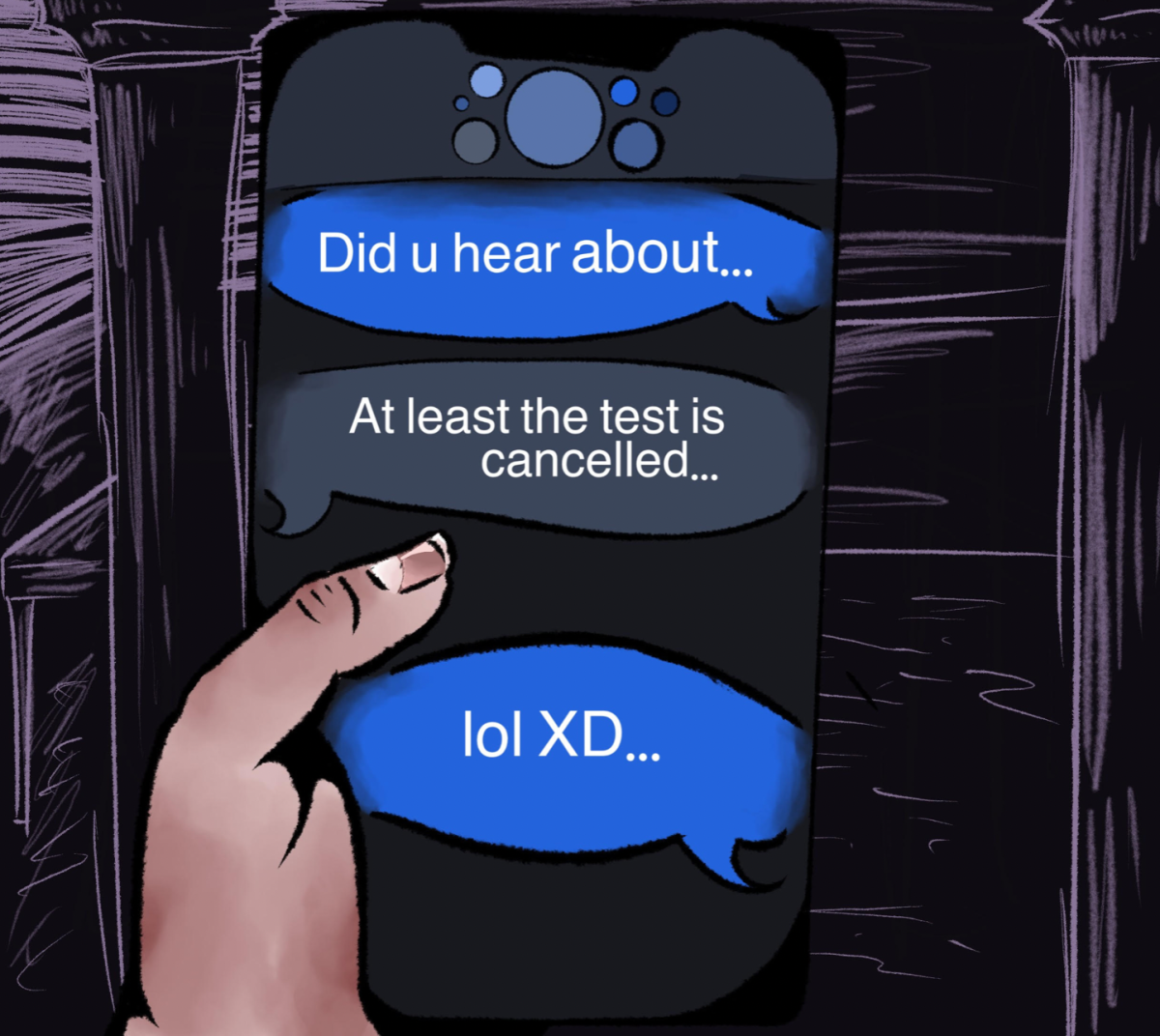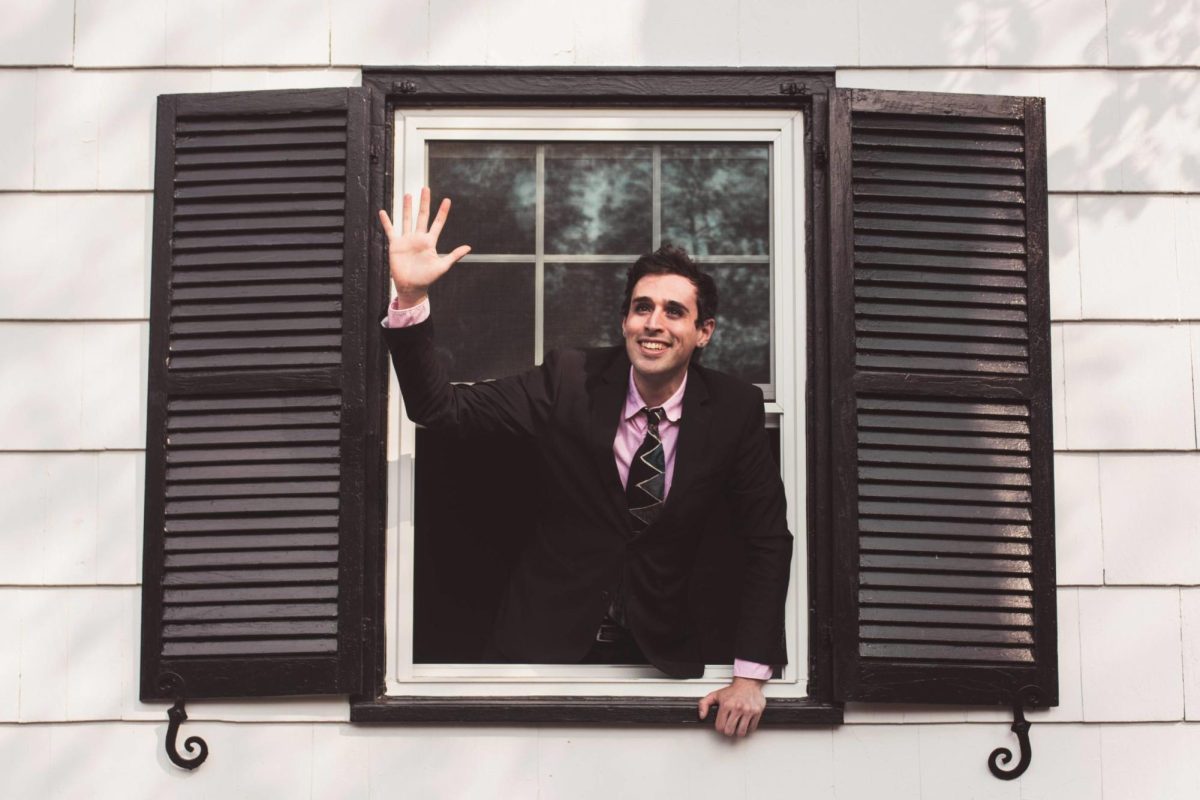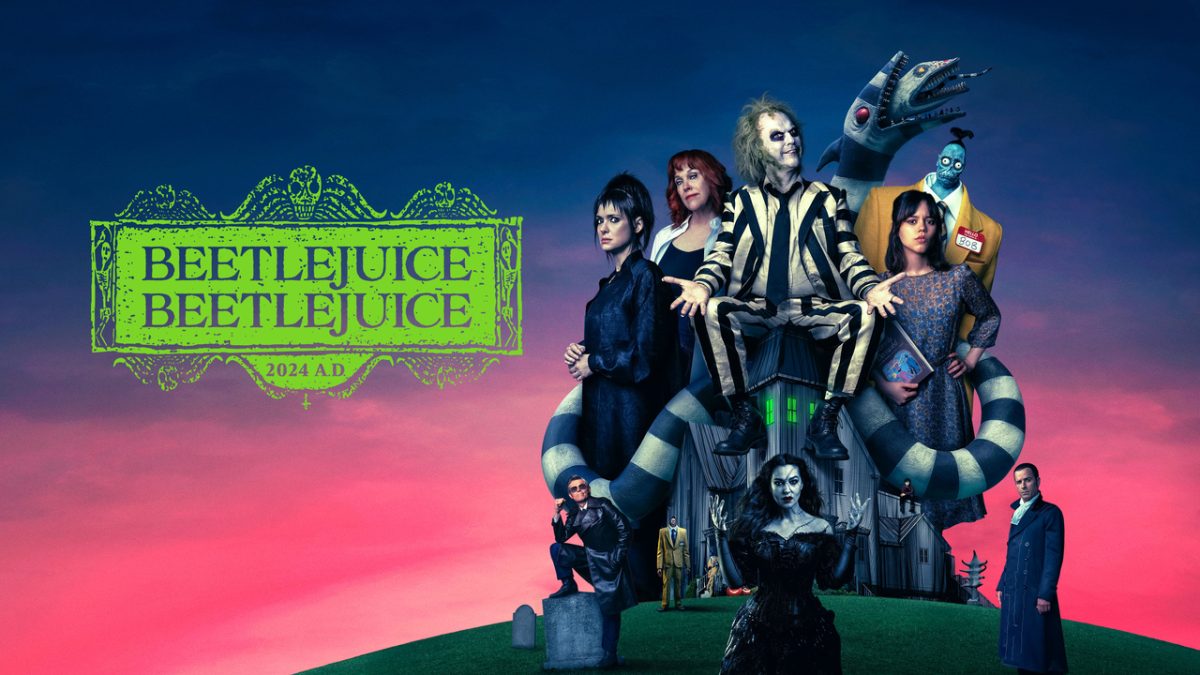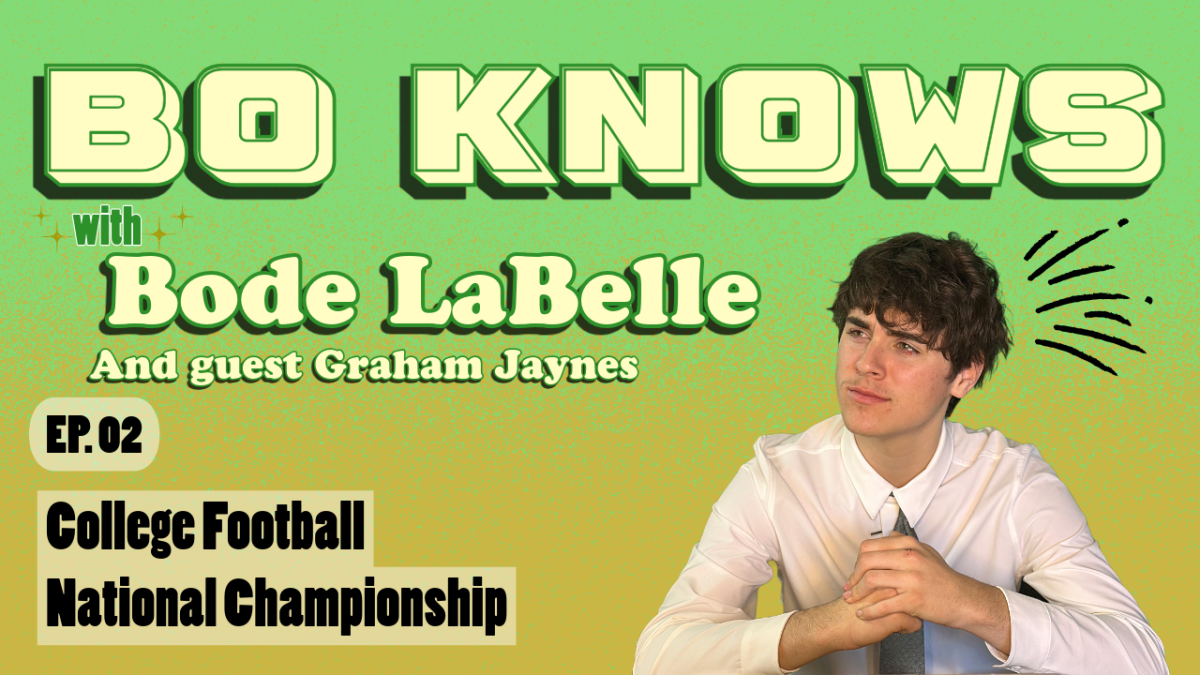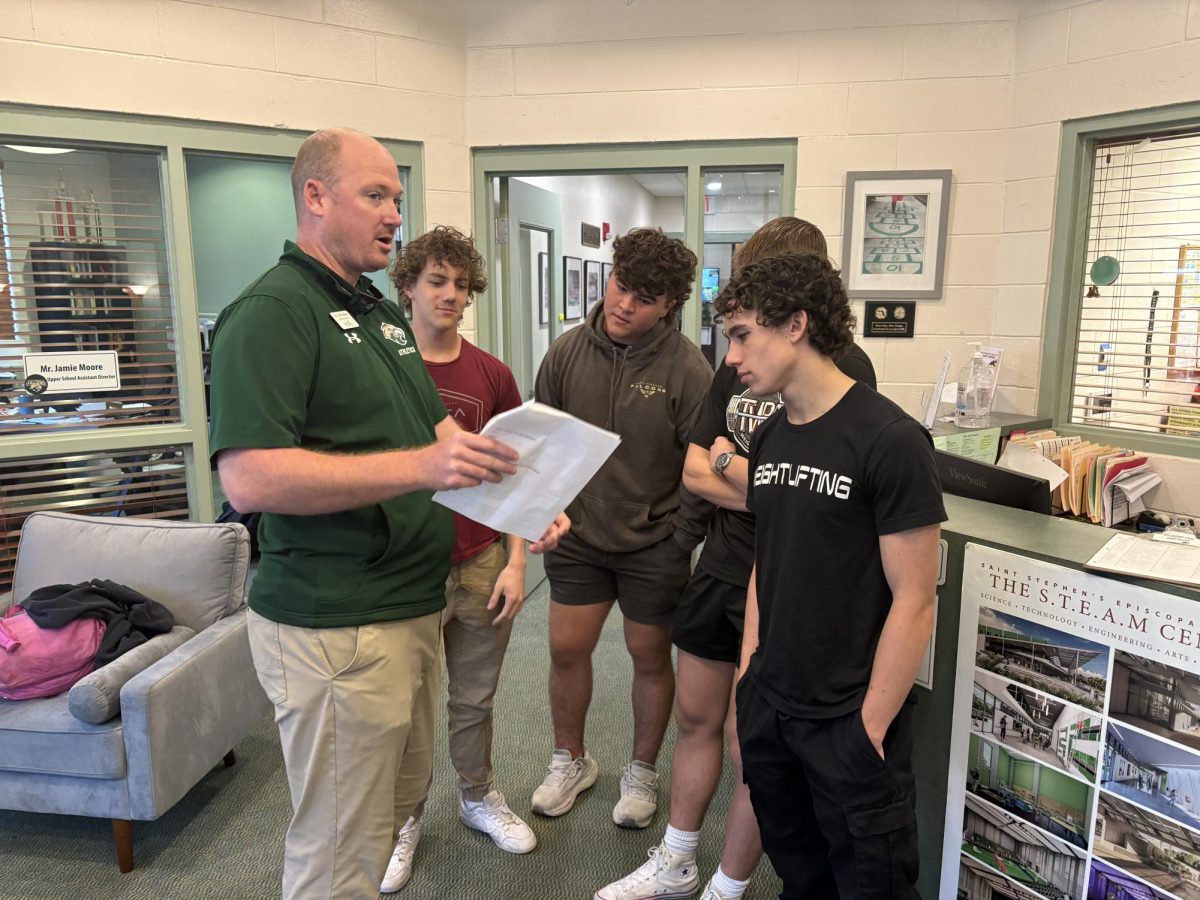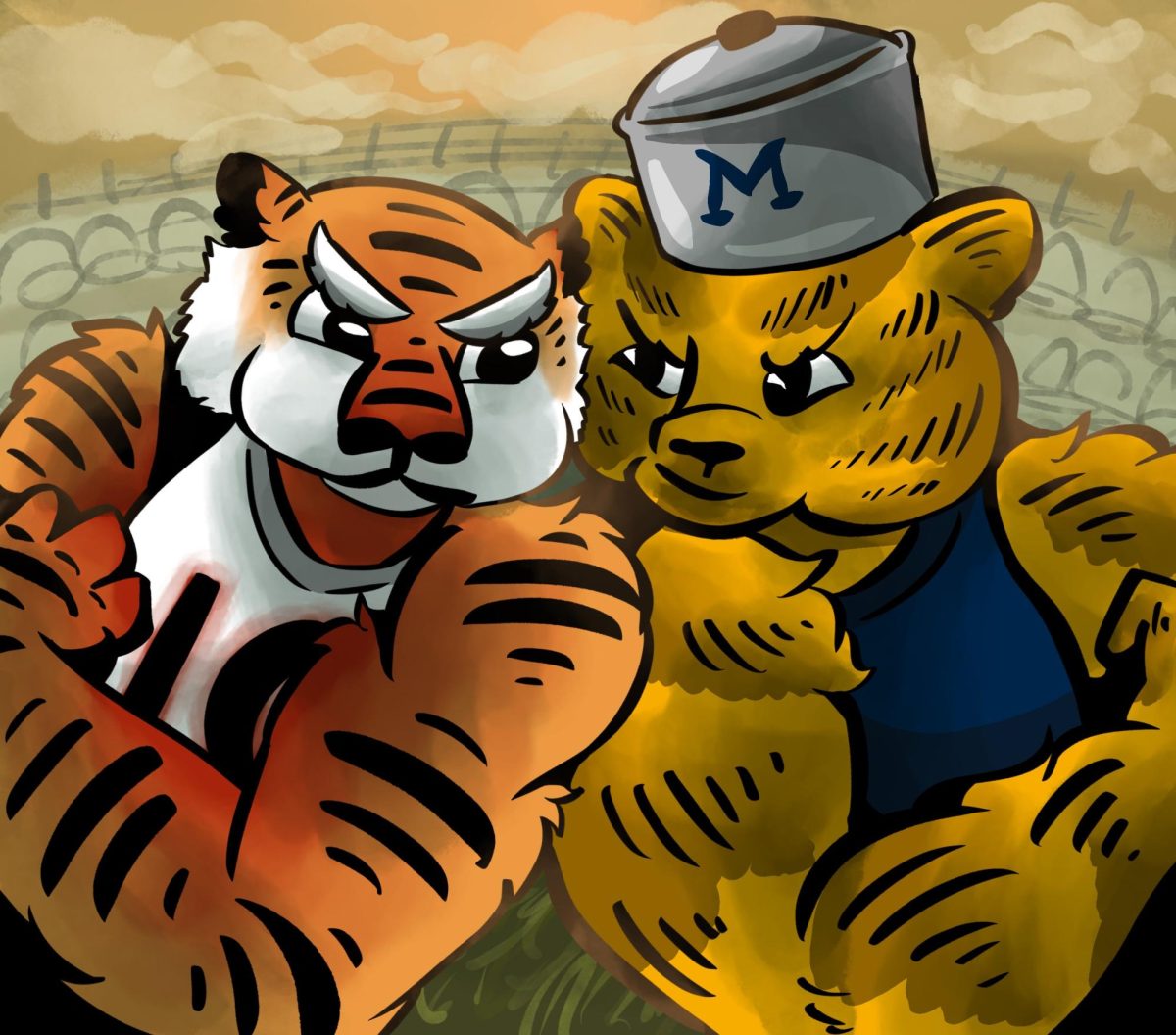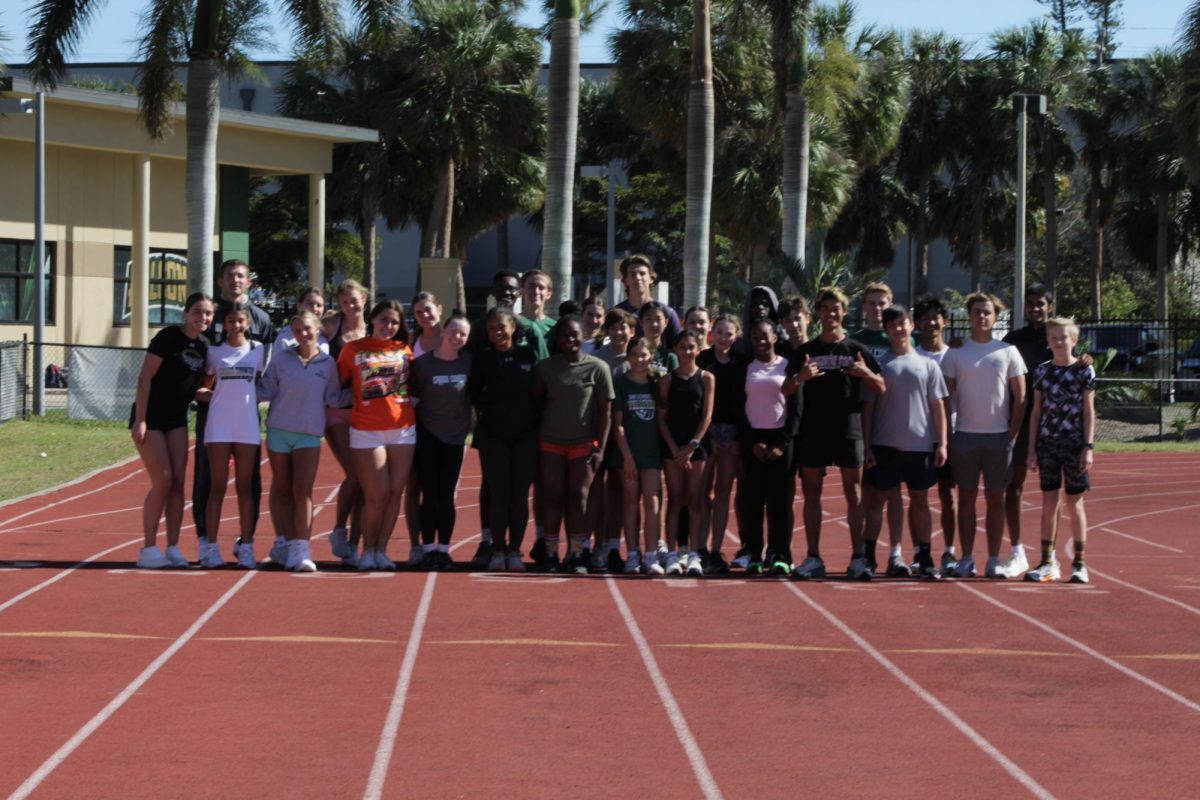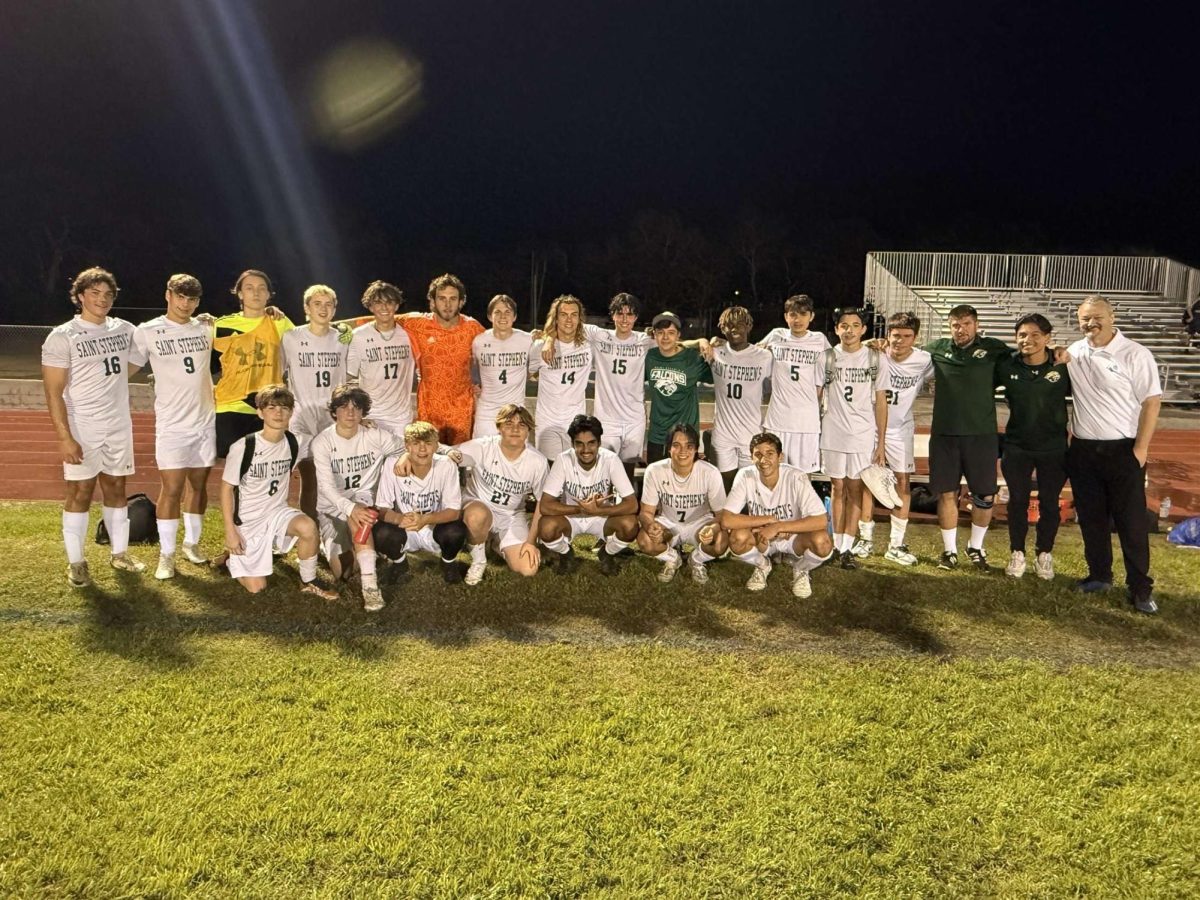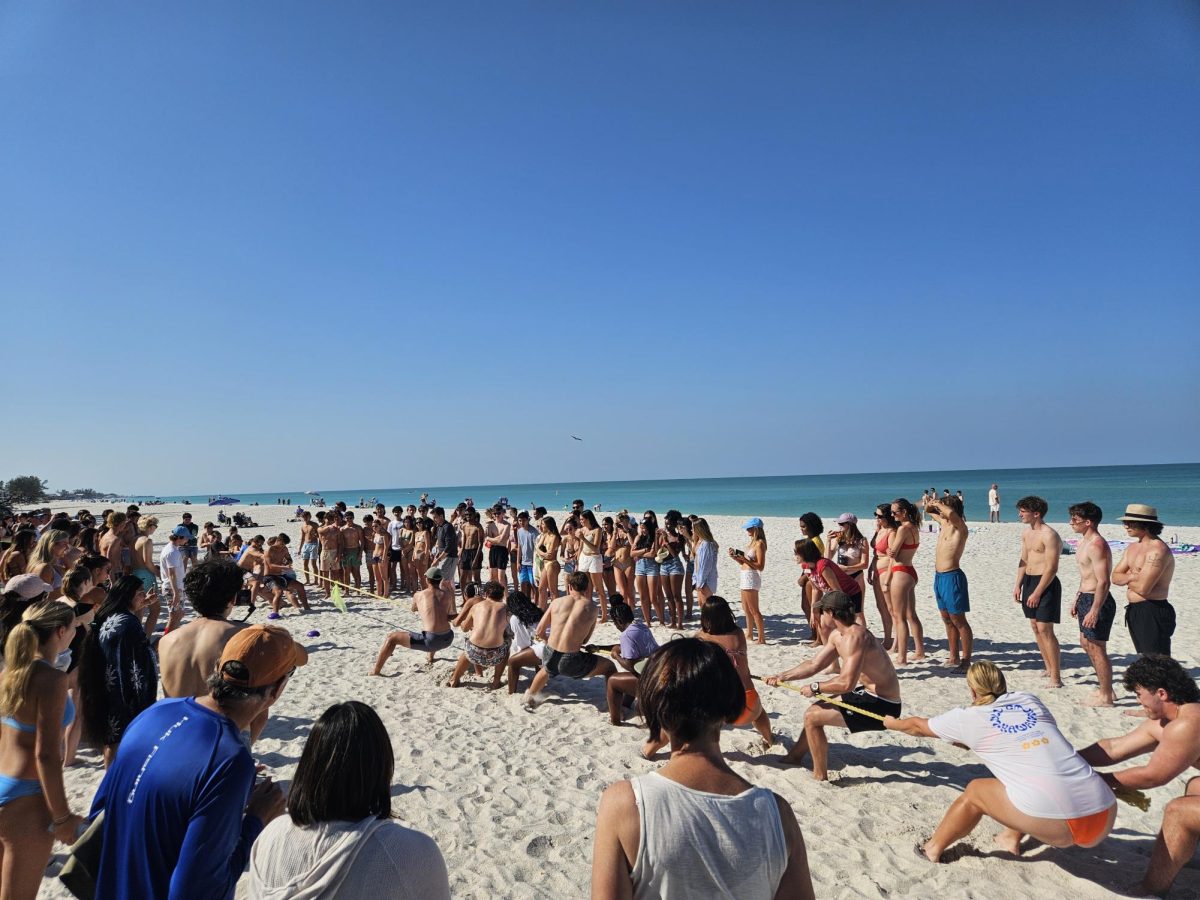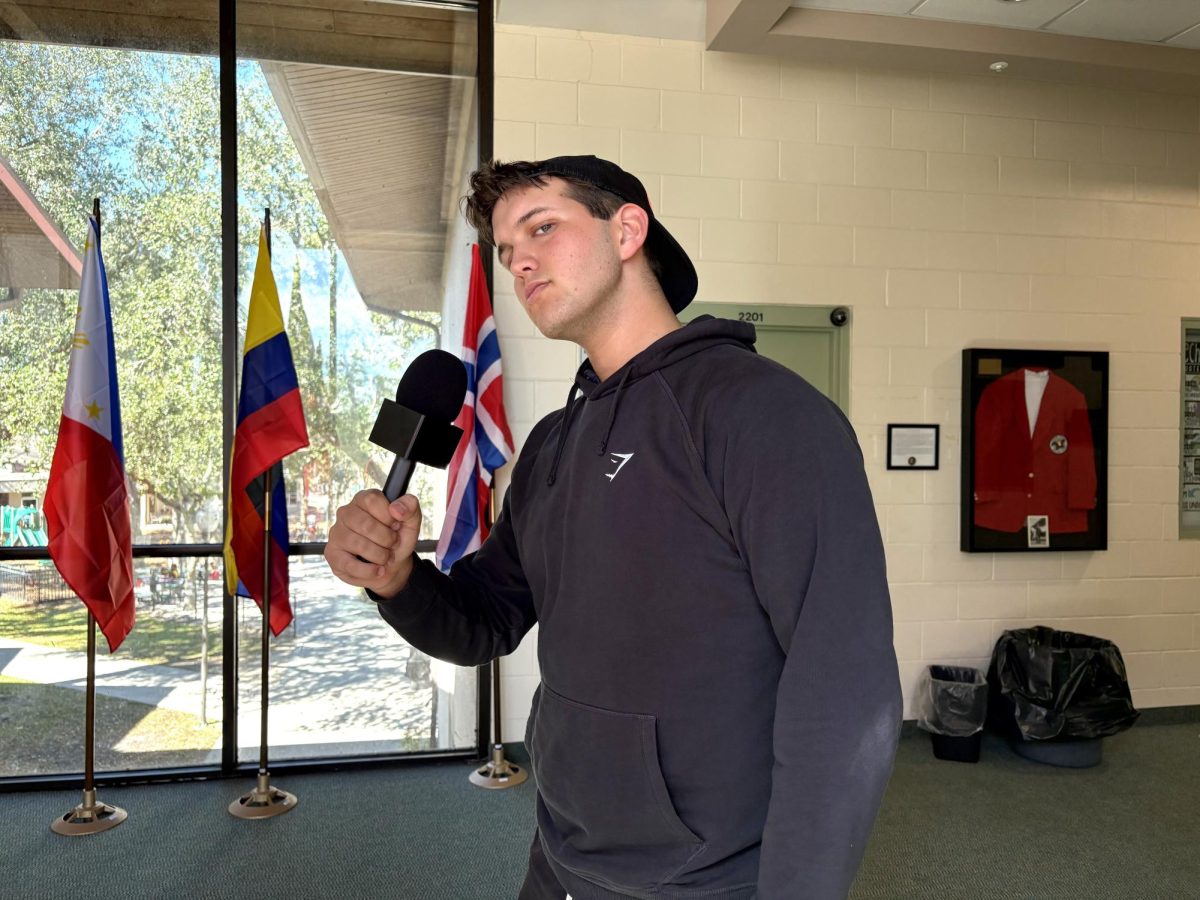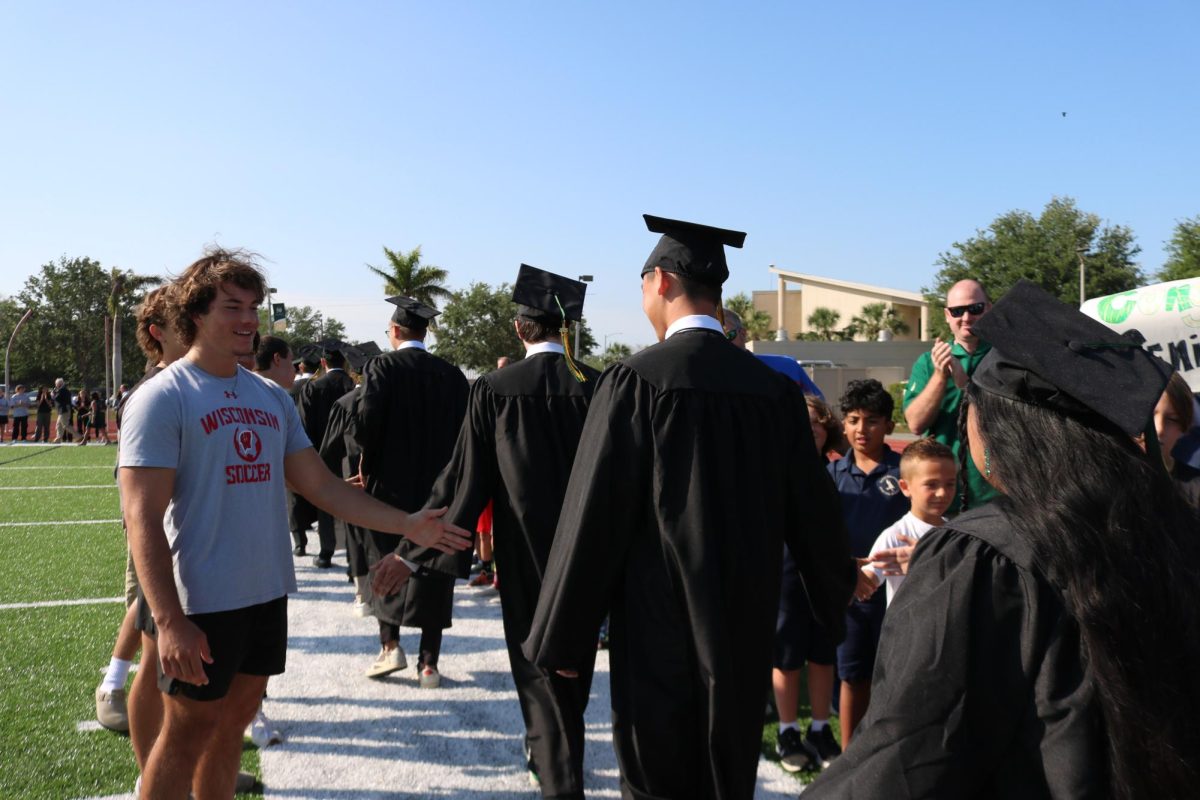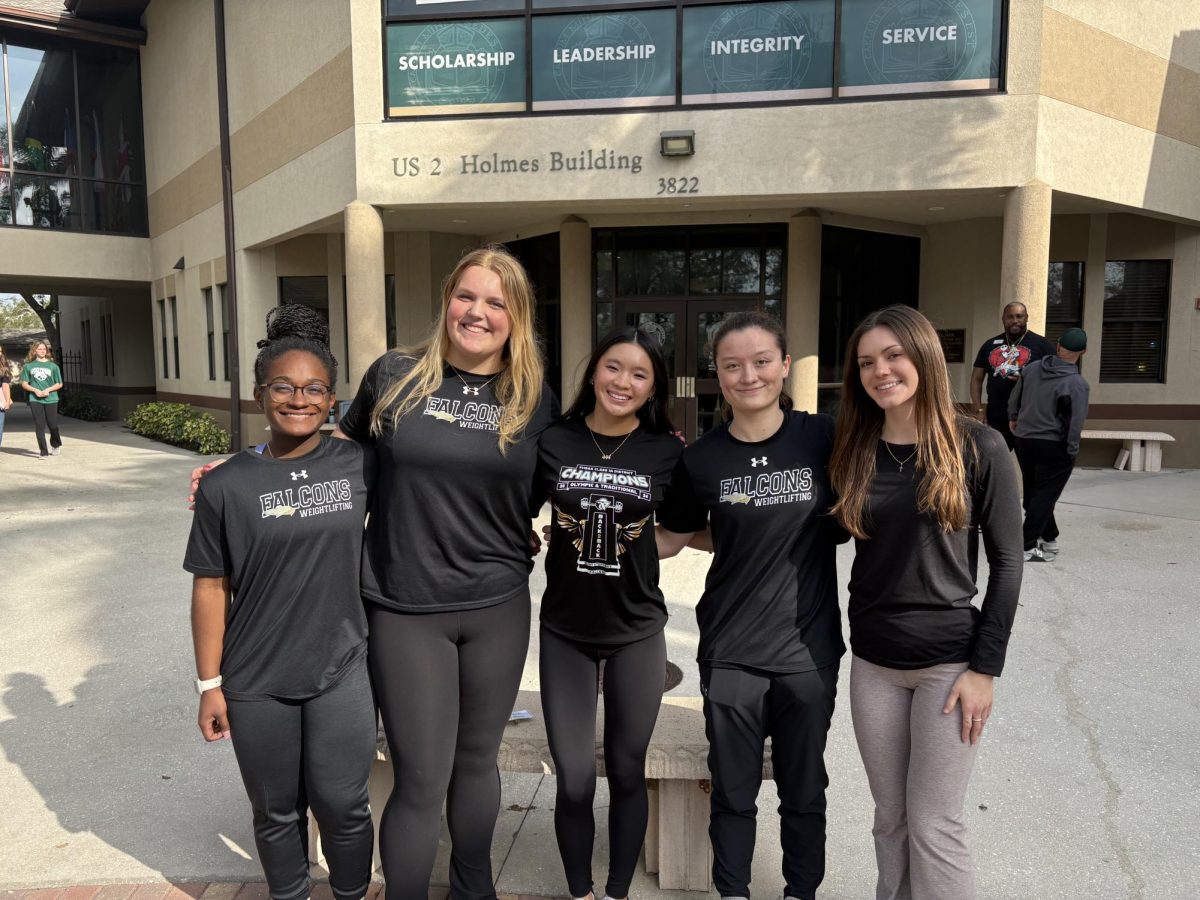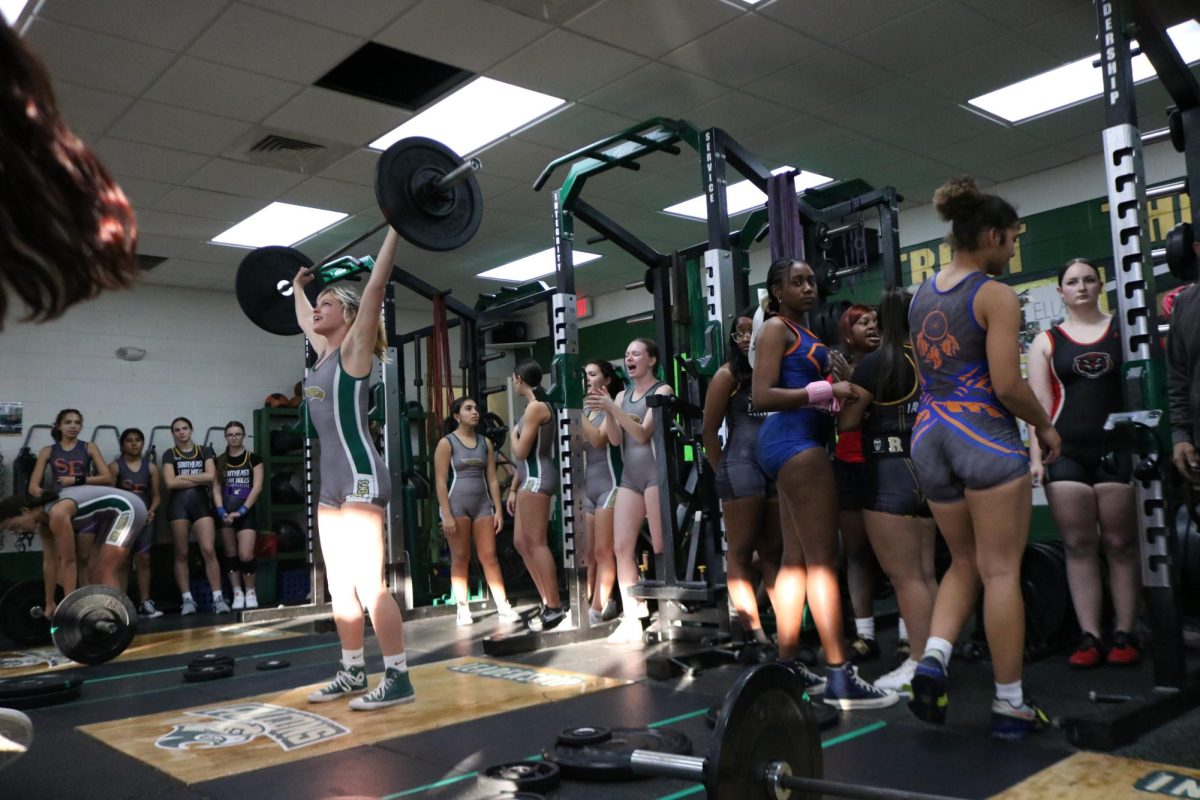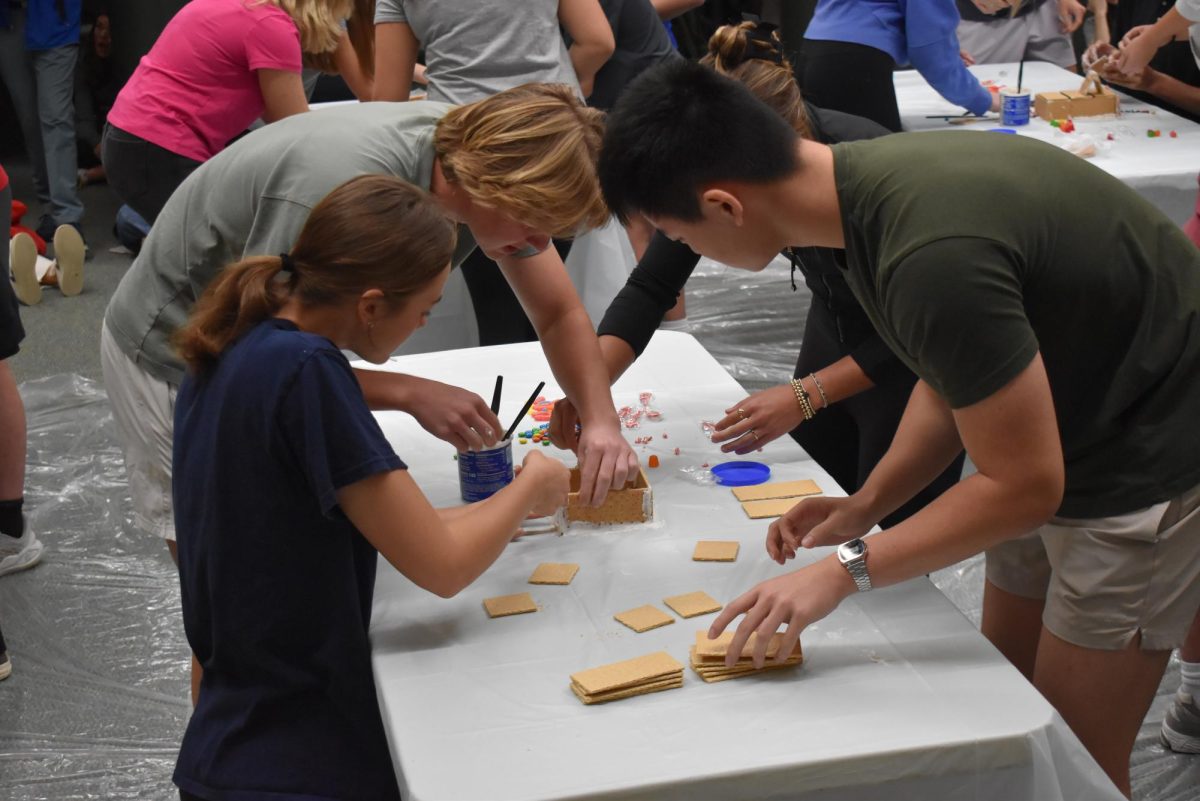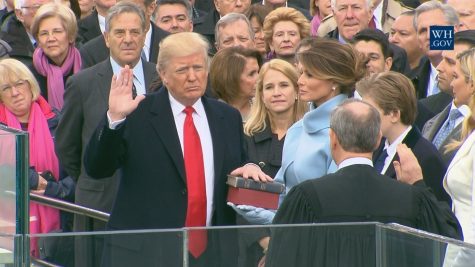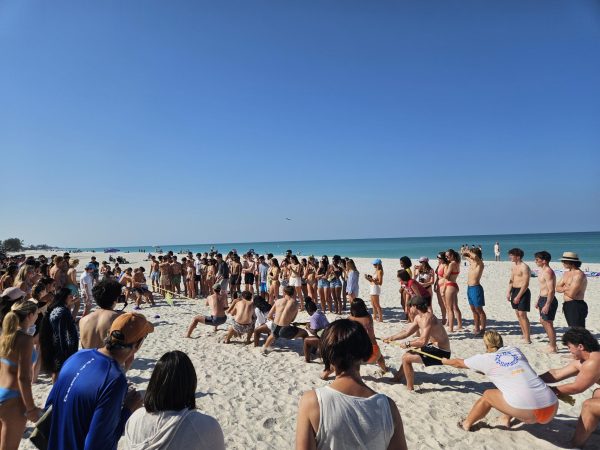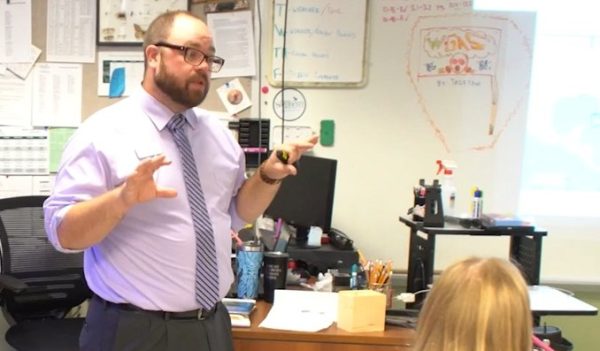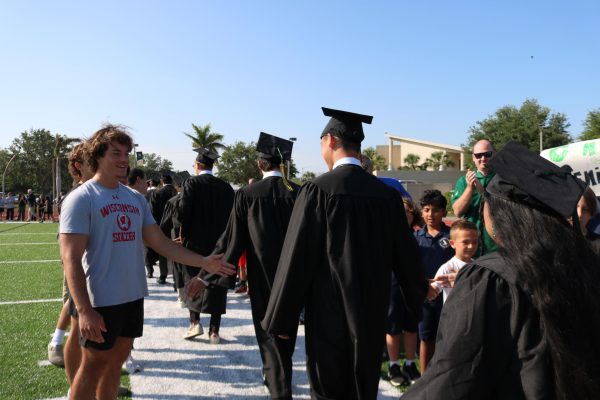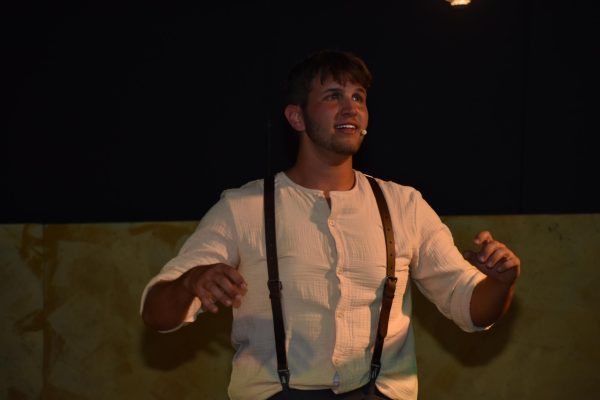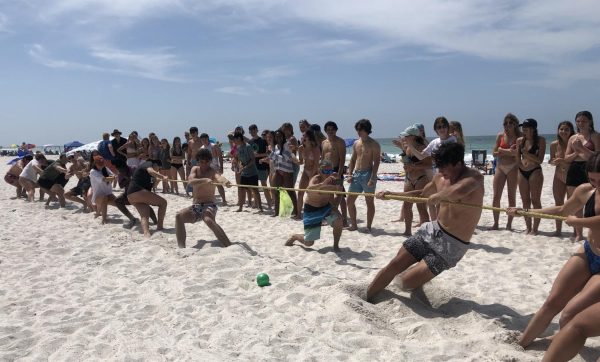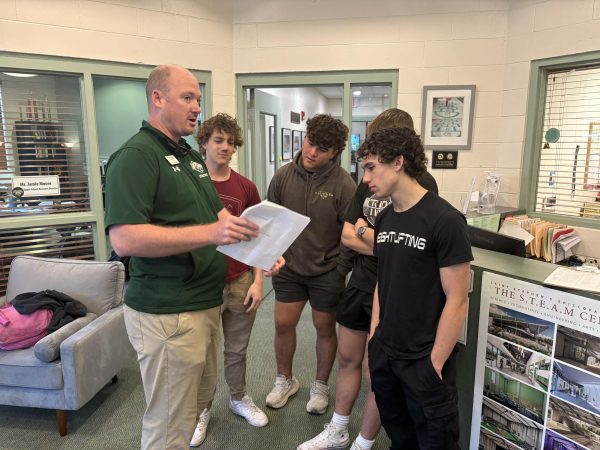A history of the presidential inauguration

January 30, 2017
Presidential inauguration ceremonies have been a part of The United States since it was founded in 1776. Every four years, on the 20th of January, the newly elected President of the United States is sworn into office. The Constitution only requires the Presidential Inauguration to include the oath, but over the years, the inauguration ceremony has expanded to include other elements such as a parade and performances by musical artists. The celebration has expanded so much that, today, it can last up to ten days.
Without any specific guidelines, the inauguration ceremony has changed over the years to become the inauguration ceremony that we celebrate today. So, in light of President-elect Donald Trump’s recent inauguration, I have decided to explore the history of the Presidential Inauguration.
Let’s start with the first Presidential Inauguration: George Washington’s. When he heard that he was elected president, George Washington left his home at Mt. Vernon, Virginia and began his journey to New York City, which was the country’s capital at that time. His journey became something of a procession when crowds of people showed up to greet him along the way. This eventually evolved into the parade we have today.
A ceremonial barge carried Washington from Elizabeth Town, NJ, to Manhattan, where a crowd of people was waiting for him. Finally, he took the oath, which was administered by Chancellor Robert Livingstone, and gave a short speech. George Washington’s inauguration did not take place, however, on January 20th, as that date hadn’t been set yet. He began his journey to New York on April 16, 1789 and took the oath on April 30.
Clearly the Presidential Inauguration has changed a lot since 1789.
These changes have occurred gradually over the years, allowing the Inauguration ceremony to evolve into what we celebrate today. The evolution of the Inauguration ceremony has come about through changes in tradition. Each tradition that is carried out on Inauguration Day had to have a first time. What is probably one of the most important firsts was during John Adams’s Inauguration in 1797. His was the first inauguration during which the Supreme Court Chief Justice was the one to swear the president into office. Thomas Jefferson, who was president after John Adams, had one first in each of his two inaugurations. His first inauguration was the first to take place in Washington D.C., which had replaced New York as the country’s capital, and his second inauguration was the first to include an inaugural parade, which has been a huge tradition since then. Another first was the first official Inaugural ball, which took place during James Madison’s Inauguration. These early firsts set a template for the traditions we follow in our modern Presidential inaugurations.
Another aspect of the Presidential Inauguration that needed to be set is the place and time. The date of the Inauguration was set in 1933 when the 20th amendment, which says that the Inauguration date is January 20th, was ratified. Franklin Roosevelt, who was inaugurated in 1937, became the first president to be inaugurated on this date. The location of the Inauguration is another matter. It has moved around many times since George Washington was inaugurated in New York. Some locations were only one-time locations, such as the Old Brick Capitol, which served as the temporary capitol building when the capitol was destroyed in the war of 1812, the Capitol rotunda, which was used because of cold weather, or Air Force One, which was at a Love field, Dallas and was only used because of the sudden death of John F. Kennedy.
These locations, however, were only used once and because of exceptional circumstances. Other locations were a bit more popular, such as the House Chamber and the Senate Chamber, which hosted the Inauguration six and three times respectively. The most popular location, however, was the East Portico of the Capitol building, which hosted 34 inaugurations, starting with Andrew Jackson’s. But today, our inaugurations do not take place on the East Portico. That’s because, for Ronald Reagan’s Inauguration, the location was changed to the West Terrace, and it has remained that way since.
Another big factor of Presidential Inaugurations is the media. Not everyone can make it to Washington D.C. to watch the Inauguration, so many rely on media to join in on the excitement. It all started in 1856, with James Buchanan’s Inauguration, which was the first to be photographed. People who saw the pictures could almost feel as if they had been there. Soon, technology became more advanced and so did the means of documenting presidential inaugurations. Four decades after James Buchanan, video cameras were used to film highlights of William McKinley’s Inauguration. Even later, as technology improved, Calvin Coolidge’s Inauguration of 1925 was the first to be broadcast on radio, and Harry Truman’s Inauguration in 1949 was the first to be televised. Finally, the most recent change occurred during Bill Clinton’s second inauguration, which was the first to have its own website and to be seen live on the internet.
Even though the Inauguration has always followed traditions (albeit changing ones), there have been many inaugurations that stand out due to their strangeness. One example is Dwight D. Eisenhower’s election. Onscreen cowboys were very popular during that time, so movie star Montie Montana rode to the inaugural parade stand on horseback and lassoed the newly sworn in president. Another example is Abraham Lincoln’s Inauguration in 1865, when his Vice President, Andrew Johnson, gave a speech while drunk. He bragged about his origins and his triumph against confederate rebels, embarrassing Lincoln. One more example is Andrew Jackson’s Inauguration in 1829, during which he threw a huge party at the White House. The many guests completely trashed the White House, and the staff reportedly had to leave a tub of Whiskey on the lawn to lure them out.
Let’s fast forward to the present. On January 20th, 2017, Donald Trump was inaugurated as the new President of the United States. An estimated 300,000-500,000 people (according to Politifact.com) attended the public swearing-in ceremony on the 20th. However, the festivities, of which the official theme was “Uniquely America,” lasted five days, from the 17th to the 21st, and included events such as concerts, a congressional luncheon, a parade, inaugural balls, and the interfaith inaugural prayer service. This Inauguration has most likely been the most controversial Inauguration of the past Century. Many people believe that Donald Trump is not qualified to lead the country, since he is the first U.S. President to not have any prior military or governmental experience. Others are worried about the new president’s character, as was seen when about 4.8 million women showed up for the women’s march on the 21st to remind the new president that it is his job to protect their rights. In total, this recent Inauguration has some people concerned and some people excited for the future of this country.
In conclusion, Presidential Inaugurations have not always been the way they are now and have changed a lot throughout history. The constitution only requires an Inauguration to include the oath of office, so there is a lot of room for people to come up with new traditions and ceremonies, which have combined to become the Presidential Inauguration ceremony we think of today.

